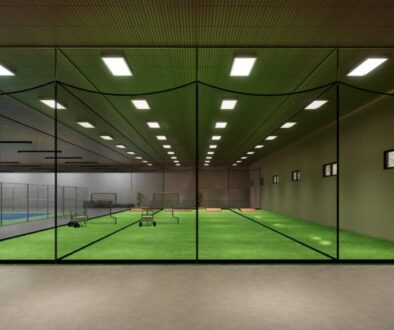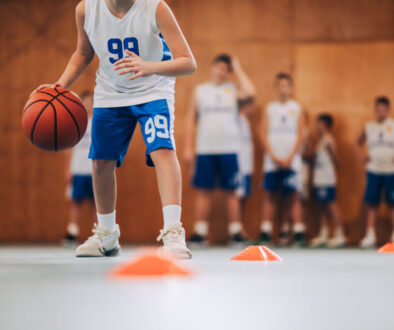A Complete Guide to Building Successful Recreational Sports Facilities
For those exploring the idea of owning or building a sports facility, a recreational sports facility represents a distinct category within the industry. Unlike training-focused gyms or elite academies, these facilities are designed to accommodate broad participation across multiple sports. Programming is centered around leagues and clinics rather than individualized instruction, making them community-focused hubs that attract players of all ages and skill levels.
Facility Design & Infrastructure
Recreational facilities are typically larger in scale, built to host multiple sports under one roof. A well-planned design often includes:
- Volleyball and basketball courts
- Turf areas suitable for soccer, softball, and baseball
- Spectator seating for leagues and tournaments
- Concession areas or snack bars
As destination-style facilities, owners should also plan for efficient traffic flow, easy access to multiple sports areas, and flexible spaces that can transition between different sports or events with ease. The key is versatility. Every square foot should serve multiple purposes, maximizing both user experience and operational efficiency.
Programming & Revenue Streams
At the heart of recreational sports facilities are leagues and clinics. These programs typically generate the majority of revenue, with owners structuring offerings to appeal to a broad audience rather than elite athletes. Additional revenue opportunities include:
- Gate fees or ticketed events for league play (modestly priced)
- Concession stands
- Partnerships with local schools for practice space or tournaments
It’s important to note that rentals and private lessons are usually minimal in this type of facility. The focus is on maximizing community participation and high-revenue services.
Scheduling & Utilization
Maximizing facility use requires careful planning. Many recreational complexes incorporate open play sessions, often in the evenings, to accommodate adult soccer, basketball, and other sports outside of structured league times.
Strategic scheduling ensures:
- High utilization of courts and turf fields throughout the day
- Minimal conflicts between league play, clinics, and open play
- Opportunities to host community events that attract more visitors
Partnerships with local schools can also provide consistent usage. Schools may rely on these facilities when their own resources are limited, offering a steady stream of users while supporting the community.
Key Takeaways For Owners
Recreational sports facilities aren’t just buildings. They’re engines for community engagement and consistent, reliable revenue. When you design a space that welcomes multiple sports, build programs that keep courts full, and foster partnerships that anchor your schedule, you create a facility that people return to week after week. These complexes become destinations. They become habits. And when they’re run well, they become profitable.
If you’re serious about building or improving a recreational sports facility, don’t guess your way through the process. Get expert guidance and a plan tailored to your market. Book a consultation with our experts today.



